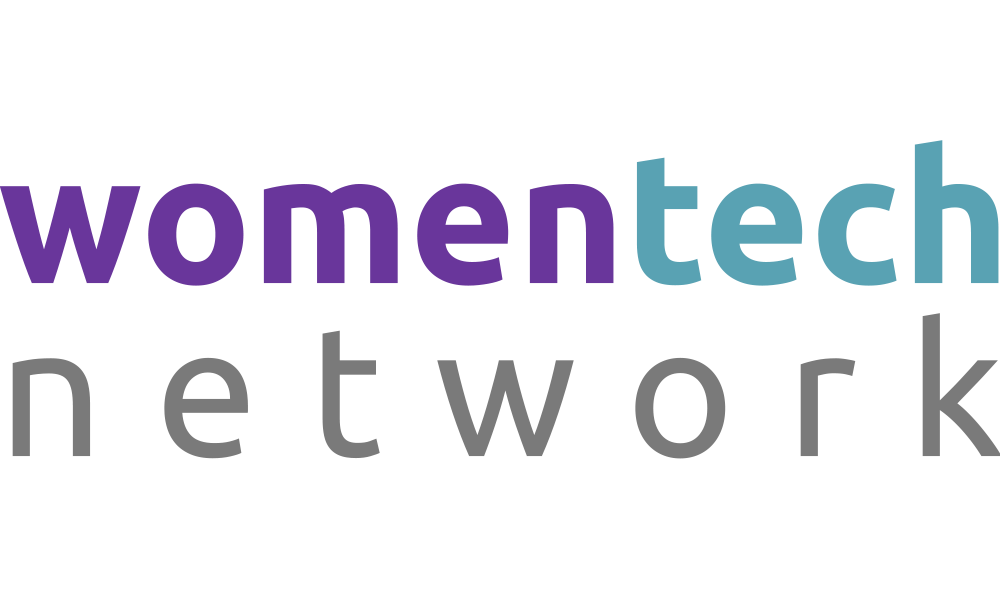Women in graphic design face multiple challenges: a notable gender wage gap, underrepresentation in leadership roles, balancing work and family, limited mentorship and networking opportunities, pervasive gender bias and stereotyping, lack of recognition for achievements, navigating workplaces with harassment or discrimination, imposter syndrome, the pressure to constantly evolve skillsets, and limited visibility in design media. These issues hinder career advancement and equality in the industry.
What Challenges Do Women Face in the Graphic Design Industry?
AdminWomen in graphic design face multiple challenges: a notable gender wage gap, underrepresentation in leadership roles, balancing work and family, limited mentorship and networking opportunities, pervasive gender bias and stereotyping, lack of recognition for achievements, navigating workplaces with harassment or discrimination, imposter syndrome, the pressure to constantly evolve skillsets, and limited visibility in design media. These issues hinder career advancement and equality in the industry.
Empowered by Artificial Intelligence and the women in tech community.
Like this article?
Graphic Design for Content
Interested in sharing your knowledge ?
Learn more about how to contribute.
Sponsor this category.

Gender Wage Gap
Despite the progress made in achieving workplace equality, the graphic design industry still exhibits a notable gender wage gap. Women in this field often earn less than their male counterparts for doing the same job. This wage disparity is a significant challenge, discouraging for many talented female designers and potentially hindering their career advancement.
Underrepresentation in Leadership Roles
Another challenge women face in the graphic design industry is the underrepresentation in leadership positions. Despite making up a significant portion of the workforce, women are less likely to hold senior or director-level positions. This lack of representation can affect decision-making processes and limit the visibility of female role models for aspiring designers.
Balancing Work and Family Responsibilities
Many women in the graphic design industry struggle with balancing their careers and family life. This challenge is not unique to graphic design but is particularly acute in a field known for tight deadlines and project-based work which can demand irregular hours. The pressure to manage both can lead to stress and career interruptions.
Access to Mentorship and Networking Opportunities
Access to mentorship and robust professional networks can be crucial for career advancement in graphic design. However, women may find fewer mentorship opportunities with established designers who can guide their career paths. Additionally, professional networks often form in environments that have been traditionally male-dominated, potentially making it harder for women to establish the same level of connections.
Gender Bias and Stereotyping
Gender bias and stereotyping remain pervasive challenges in many industries, including graphic design. Women may face assumptions about their skills, preferences, and commitment based on gender stereotypes. This bias can influence hiring decisions, work assignments, and evaluations of their work, potentially limiting their opportunities to work on high-profile projects.
Lack of Recognition for Achievements
Women in graphic design often express frustration over a lack of recognition for their achievements. While the industry celebrates creativity and innovation, the contributions of female designers may be overlooked or undervalued, making it harder for women to build their reputations and advance their careers.
Work Environment and Harassment
Navigating a work environment where harassment or discrimination occurs can be a significant challenge. Despite growing awareness and efforts to address these issues, some women in graphic design still face inappropriate behavior and a lack of support from colleagues or management in addressing these concerns.
Imposter Syndrome
Many women in the graphic design industry experience imposter syndrome, where they doubt their accomplishments and fear being exposed as a "fraud." This lack of confidence can be debilitating, affecting their ability to seek out new opportunities, speak up about their ideas, or negotiate for better compensation.
The Pressure to Constantly Evolve Skillsets
The graphic design industry is highly dynamic, with constant innovations in technology and shifts in design trends. While this challenge affects all designers, women re-entering the workforce after a break for family reasons may find it particularly daunting to catch up and stay competitive.
Visibility and Representation in Design Media
Finally, women face the challenge of limited visibility and representation in design media and publications. The achievements and contributions of male designers are often more prominently featured, which can influence perceptions of success and leadership in the field. This lack of visibility for women designers perpetuates the cycle of underrepresentation and can impact aspiring female graphic designers looking for inspiration and role models.
What else to take into account
This section is for sharing any additional examples, stories, or insights that do not fit into previous sections. Is there anything else you'd like to add?